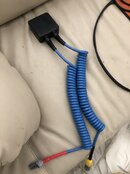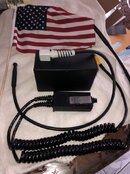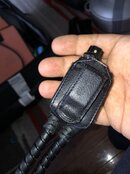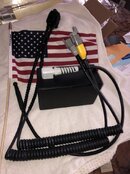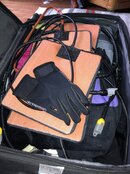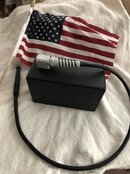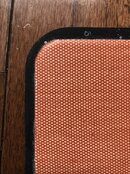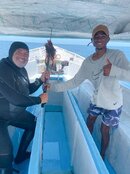Richard Dayan
Contributor
This is a full scale and functional form of a new type of design construction. I have not settled the specifications for the final version yet and there will be changes in the final design. This version has a variable temperature controller, a 95-actual watt max output heating element with 6mm insulation and internal heat sink. It is also designed to be combined and be compatible with a chemical heat pack to augment the heat and increase battery life, if necessary. In tropical water 77-79 it can get hotter than a human can handle, the extra power would be for colder water. The coldest water I tested in so far was 70 degrees with a 4/3 wetsuit without the chemical pack, it handled it just fine I felt like I was sitting in my living room with 70 watts. The highest setting, I used so far was 70 watts with the 4/3 and chemical pack in 77-degree water and it felt like I was sitting in a jacuzzi. I've used it for more than 100 dives of 1 hour duration and took it to a maximum dept of 150ft, I am still in the process of testing and development.
Future upgrades will be posted here, if you have any questions about it, please feel free to ask.
Thank you for your time.
Future upgrades will be posted here, if you have any questions about it, please feel free to ask.
Thank you for your time.




